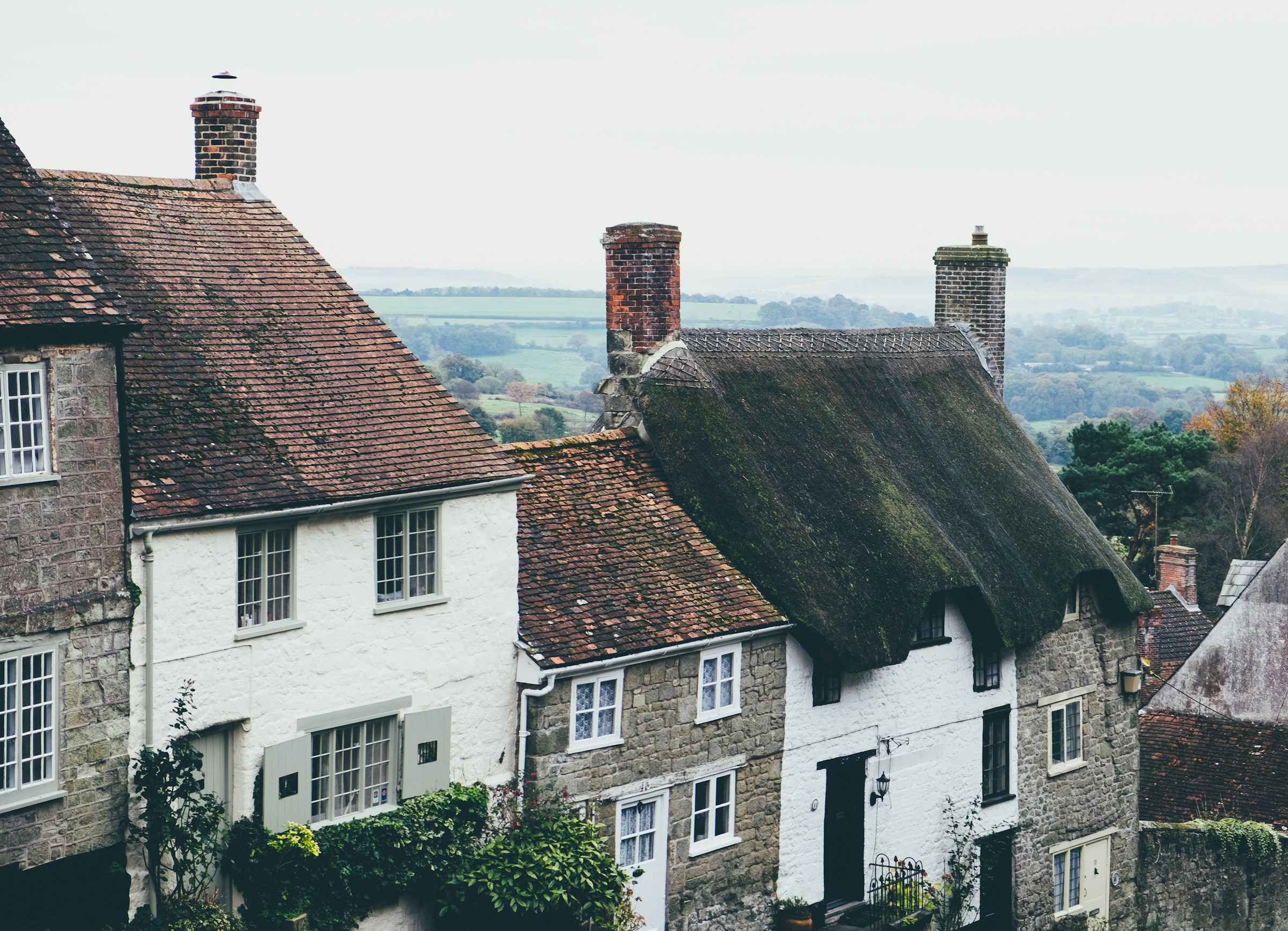Understanding The Thatch Roof
When you step into the idyllic scenery of rural England, one aspect that immediately captures your eye is the beautiful thatched roof homes dotting the landscape. This traditional roofing method, which has been in use for over 2,000 years, gives these homes a unique, rustic charm. Despite their aesthetic appeal, thatched roofs are often seen as a significant risk when it comes to insurance coverage. Let’s delve deep into understanding the nuances associated with insuring a thatched roof property.
Thatched roofs are made up of dry vegetation like straw, water reed, or even heather, layered to shed rainwater away from the inner roof. While these materials provide a natural form of insulation and are widely available, they also tend to be combustible, making the property a potential fire hazard. Standard home insurance policies often negate these types of risks, making it a daunting task for homeowners to find suitable coverage.
Dans le meme genre : How Do Interest Rate Fluctuations Affect Repayment Mortgages in the UK?
The Risk of Fire Damage
Fire damage is the premium concern for insurers when it comes to thatched properties. According to insurance industry statistics, the chance of a thatch fire is much higher than in a house with a standard tiled or slate roof. When a thatch roof catches fire, it’s usually a devastating event, resulting in total loss of the property, including its contents.
Fire is not the only risk associated with thatched roofs. Damage from storms, water leaks, infestations, and general wear and tear over the years are all potential issues. That’s why many insurers tend to shy away from offering standard home insurance policies for these properties.
Cela peut vous intéresser : What Is the Difference Between Buildings Insurance and Home Warranty in the UK?
However, it’s essential to note that not all thatched roofs are the same. Modern thatch methods and flame-retardant treatments can significantly lower the risk of fire. So, when seeking insurance cover for your thatched property, make sure to include these details in your application.
Insurance Options for Thatched Properties
Despite the perceived risk, it is indeed possible to find property insurance for thatched roof homes in rural England. Specialist insurance companies and brokers offer tailored policies that cover the unique risks and needs associated with thatched properties. These companies have a deep understanding of thatched roofs and can provide comprehensive policies that include both building and contents cover.
When purchasing a policy, ensure it covers not just fire, but also other potential damages like storm damage, escape of water, and subsidence. Given the bespoke nature of these properties, it’s wise to have an accurate evaluation of the rebuilding cost included in the policy.
The cost of insurance for thatched properties tends to be higher than standard home insurance. This increase in insurance premiums reflects the higher risk associated with these properties and the potential cost of repair and rebuilding. However, implementing risk mitigation measures such as installing a fire retardant, having chimney sweeps, or fitting spark arrestors can help reduce the cost of your insurance premiums.
Finding the Right Insurance Provider
Finding an insurance provider that will cover your thatched roof property can be challenging but not impossible. Start by looking for specialist insurers or brokers who possess an in-depth understanding of the intricacies associated with thatched properties. They will be able to guide you through the process, making sure you have the right cover for your unique situation.
When you approach a potential insurer, be prepared to answer a series of questions relating to the property. This could include the age of the property, the type of thatch used, the last time it was replaced, any fire safety measures in place, and so on. Transparency is vital in this process, as it helps the insurers accurately assess the risk and provide you with a suitable policy.
The Importance of Regular Maintenance
Owning a thatched property comes with the responsibility of regular maintenance to keep the roof in top shape. Regular inspections and timely replacements can go a long way in preventing damage and reducing the risk of fire. This not only ensures the longevity of your home but can also positively impact your insurance premiums.
In the end, insuring a thatched roof home in rural England is achievable. With due diligence, regular maintenance, and the right insurance provider, you can secure an insurance policy that gives you the peace of mind you need to enjoy living in your beautiful, character-filled thatched home.
Impact of Construction Materials on Thatched Roof Insurance
Materials used in constructing a thatched roof can significantly influence insurance policies. Traditional thatched roofs are made using materials such as long straw, combed wheat reed, or water reed. These materials, though robust and weather-resistant, are inherently combustible and tend to age over time, contributing to the higher risk associated with insuring these properties.
However, modern technologies have introduced new materials and methods to construct thatched roofs that significantly reduce fire risks. One such example includes the use of fire-resistant boards and barriers during the construction of the roof. Thatchers can also apply flame retardant sprays, which further reduce the risk of fire.
While these modern methods can impact the insurance premiums positively, they are often more expensive to implement than traditional thatching methods. Therefore, property owners should undertake a thorough cost-benefit analysis to decide whether it is worth investing in these modern thatching methods.
It’s also worth mentioning that the type of thatch used can influence the frequency of roof replacement, which can be a significant factor in the cost of maintaining a thatched property. For instance, while a water reed roof can last up to 60 years, a long straw roof may need replacing every 15-25 years. This replacement frequency can affect both your maintenance costs and insurance premiums.
Liability Insurance for Thatched Properties
Another important factor to consider when insuring a thatched roof home is liability insurance. Thatched properties, while charming and quaint, can pose potential risks not just to the inhabitants but also to the neighbours and passers-by. For instance, in case of a fire, the sparks can fly off and cause damage to neighbouring properties.
Liability insurance provides coverage for these types of scenarios, ensuring that the property owner is not personally liable for damages caused. It is a crucial part of your insurance policy and should not be overlooked when insuring your thatched property.
Some insurance providers also offer public liability insurance as part of their package for thatched properties. This type of insurance covers legal costs and compensation claims in case someone is injured or their property is damaged while on your property. Again, this is an important consideration when insuring a thatched property due to the inherent risks associated with these homes.
Conclusion: Peace of Mind Despite the Challenges
While insuring a thatched roof home in rural England poses challenges, it is certainly not an impossible task. Understanding the potential risks, implementing safety measures, and choosing the right materials can go a long way in securing an appropriate insurance policy for your property.
Working with insurance providers who specialise in thatched properties can also be incredibly beneficial. Their expertise can help guide you through the process and ensure that your policy covers all potential risks.
Regular maintenance is also crucial in keeping your premiums in check. By regularly inspecting your roof and carrying out necessary repairs, you can help prevent serious damage and reduce the risk of a claim.
In conclusion, while property insurance for a thatched roof home can be a complex process, it offers peace of mind and protects your investment. Your charming thatched home represents a piece of history, and by taking the right steps, you can enjoy it fully without the worry of potential risks.






